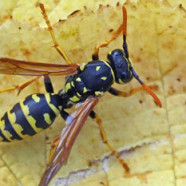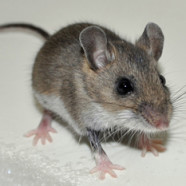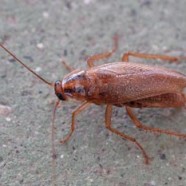Paper Wasps
Paper Wasps: Paper Wasps will hang their nests in attics, under decks and door frames. A single nest can contain up to 30 wasps. On a single structure I have personally taken down 83 nests.
Read MoreThe House Mouse
The House Mouse: The House Mouse can carry many transmittable diseases. Prefer dark secluded areas to nest within any structure. Pregnancy lasts about 21 days producing 5 to 8 young. The female can have up to 8 litters per year. The young reach sexual maturity in 35 days.Life expectancy is about 1 year. They have keen senses except for sight. In 6 months a pair of mice will produce 18,000 droppings & 12 oz. of urine. An opening of ¼ of an inch will allow entry into a structure.
Read MoreThe Norway Rat
The Norway Rat: The Norway rat is the largest of the commensal rodents. It carries many transmittable diseases. They are primarily ground nesters and are most active at night. Pregnancy lasts 23 days and produces 7 to 8 young. They reach sexual maturity in 2-5 months and live up to 1 year. Have poor vision but excellent hearing, smell, touch and taste. Will travel up to 150 feet for food and water. An opening of ½ inch will allow entry into a structure.
Read MoreSpiders
Spiders: Spiders are not insects they are arachnids. There are many species. Over 3000 in the U.S. In New England there are no native poisonous spiders. The yellow sac spider can give a nasty bite. As the weather cools spiders will enter the structure for warmth.
Read MoreGerman Cockroach
German Cockroach: German cockroaches are the most common of all cockroaches. Female will produce about 5 egg cases in her lifetime each holding 30-40 eggs. Egg to adult averages about 103 days. They prefer warm and humid places They spend about 75% of their time hiding in cracks and crevices. They are most active at night. They carry a variety of pathogenic organisms and cause allergic reactions.
Read More




